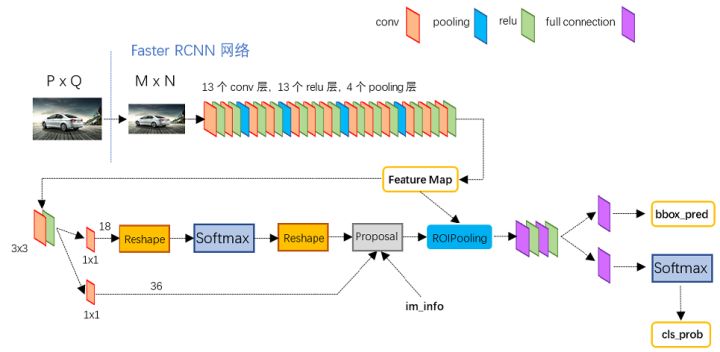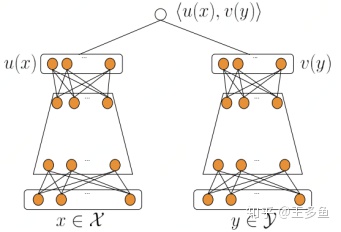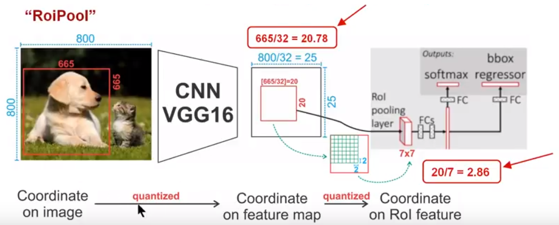import numpy as np
def soft_nms(boxes, sigma, Nt, threshold, method=1):
N = boxes.shape[0]
pos, maxpos, maxscore = 0, 0, 0
for i in range(N):
maxscore = boxes[i, 4]
maxpos = i
tx1 = boxes[i, 0]
ty1 = boxes[i, 1]
tx2 = boxes[i, 2]
ty2 = boxes[i, 3]
ts = boxes[i, 4]
pos = i + 1
while pos < N:
if maxscore < boxes[pos, 4]:
maxscore = boxes[pos, 4]
maxpos = pos
pos += 1
boxes[i, 0] = boxes[maxpos, 0]
boxes[i, 1] = boxes[maxpos, 1]
boxes[i, 2] = boxes[maxpos, 2]
boxes[i, 3] = boxes[maxpos, 3]
boxes[i, 4] = boxes[maxpos, 4]
boxes[maxpos, 0] = tx1
boxes[maxpos, 1] = ty1
boxes[maxpos, 2] = tx2
boxes[maxpos, 3] = ty2
boxes[maxpos, 4] = ts
tx1 = boxes[i, 0]
ty1 = boxes[i, 1]
tx2 = boxes[i, 2]
ty2 = boxes[i, 3]
ts = boxes[i, 4]
pos = i + 1
while pos < N:
x1 = boxes[pos, 0]
y1 = boxes[pos, 1]
x2 = boxes[pos, 2]
y2 = boxes[pos, 3]
s = boxes[pos, 4]
area = (x2 - x1 + 1) * (y2 - y1 + 1)
iw = min(tx2, x2) - max(tx1, x1) + 1
if iw > 0:
ih = min(ty2, y2) - max(ty1, y1) + 1
if ih > 0:
ovr = iw * ih / float((tx2 - tx1 + 1) * (ty2 - ty1 + 1) + area - iw * ih)
if method == 1:
if ovr > Nt:
weight = 1 - ovr
else:
weight = 1
elif method == 2:
weight = np.exp(-(ovr * ovr) / sigma)
else:
if ovr > Nt:
weight = 0
else:
weight = 1
boxes[pos, 4] = weight * boxes[pos, 4]
if boxes[pos, 4] < threshold:
boxes[pos, 0] = boxes[N - 1, 0]
boxes[pos, 1] = boxes[N - 1, 1]
boxes[pos, 2] = boxes[N - 1, 2]
boxes[pos, 3] = boxes[N - 1, 3]
boxes[pos, 4] = boxes[N - 1, 4]
N -= 1
pos -= 1
pos += 1
keep = [i for i in range(N)]
return keep
if __name__ == '__main__':
boxes = np.array([
[204, 102, 358, 250, 0.5],
[257, 118, 380, 250, 0.7],
[280, 135, 400, 250, 0.6],
[255, 118, 360, 235, 0.7]])
thresh = 0.3
threshold = 0.25
Nt = 0.3
sigma = 0.5
res = soft_nms(boxes, sigma, Nt, threshold)
print(box[res])
|











